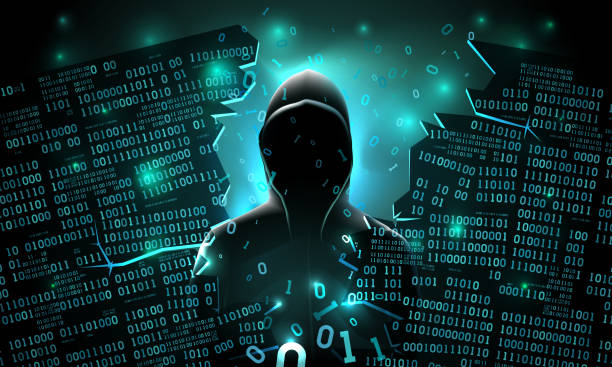The Hidden Wiki’s Maze of Links – A Dangerous Journey into the Dark Web
The Hidden Wiki serves as a gateway to the dark web, a digital underbelly where anonymity reigns, and the rules of the surface internet do not apply. This labyrinth of links presents a complex, often perilous journey for the uninitiated, filled with a myriad of websites that range from benign to dangerously illicit. The Hidden Wiki itself is a Wiki-style directory that categorizes these links, offering access to everything from forums discussing cryptography to marketplaces for illegal goods and services. As users navigate through this maze, they quickly realize that the allure of anonymity can lead to unexpected and potentially harmful encounters. While some may seek the dark web for privacy, to communicate freely in oppressive regimes, or to engage in whistleblowing, the reality is that many sites can expose users to a host of risks, including malware, scams, and illegal activities. Accessing the Hidden Wiki requires specific software, such as Tor, which obscures a user’s IP address, allowing for anonymous browsing. However, this anonymity can embolden malicious actors, leading to a landscape rife with phishing schemes and other cyber threats.

Users are often unaware that the same anonymity that protects them can also hide dangerous individuals or groups looking to exploit vulnerability. Links to sites offering hacking services, illegal drugs, or even human trafficking can be just click away, tempting users to explore further into a world that operates outside the law. Moreover, while some users might think they are safely experimenting with their newfound access to the dark web, they may inadvertently expose themselves to legal consequences. Law enforcement agencies monitor many activities within this hidden layer of the internet, and individuals who engage with illegal content may find themselves under investigation, risking arrest and prosecution. The psychological aspects of delving into the dark web also play a significant role in shaping the experience. The thrill of the forbidden can attract curious individuals, luring them into a space filled with moral ambiguities.
The sense of community found in various dark web forums can foster connections, but it can also lead to radicalization, as users are exposed to extremist ideologies and illicit networks. The more time spent within this hidden world, the harder it can be to discern right from wrong, leading to a slippery slope where ethical boundaries become increasingly blurred. In conclusion, the Hidden Wiki’s maze of links offers an enticing yet perilous journey into the dark web. While it serves as a platform for both positive and negative activities, the risks associated with exploring this digital frontier cannot be overstated. Users must approach the hidden wiki dark web with caution and a critical eye, recognizing that while they may seek knowledge or freedom, they could also unwittingly step into a web of danger that could have lasting consequences. The Hidden Wiki is not just a collection of links; it is a reflection of the duality of the internet, where the quest for anonymity can both empower and endanger its users.

